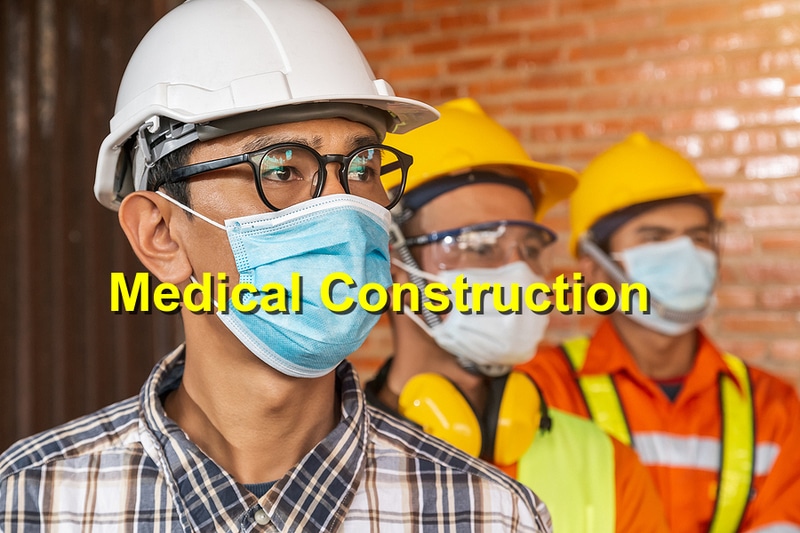The construction of healthcare facilities is evolving rapidly, driven by technological advancements, patient-centered care models, and the need for efficiency in a post-pandemic world. Innovations in medical construction are reshaping how hospitals, clinics, and specialty centers are designed, balancing functionality, sustainability, and adaptability. These changes enhance patient outcomes, streamline operations, and future-proof facilities. Here’s how new trends are transforming healthcare facility design.
Modular and Prefabricated Construction
Modular construction is revolutionizing healthcare projects by reducing build times and costs. Prefabricated components, such as patient room modules or operating suites, are built off-site in controlled environments, ensuring precision and minimizing on-site disruptions. This approach allows facilities to scale quickly, as seen during the COVID-19 pandemic when modular units expanded hospital capacity. For example, prefabricated isolation rooms with integrated HVAC systems improve infection control. Modular designs also enable easy reconfiguration, accommodating future expansions or technological upgrades without major renovations.
Smart Technology Integration
Smart technology is embedding intelligence into healthcare facilities. Internet of Things (IoT) systems monitor equipment, track patient flow, and optimize energy use, improving operational efficiency. For instance, smart lighting adjusts based on occupancy, reducing energy costs, while real-time location systems (RTLS) help staff locate equipment or patients quickly. Telemedicine-ready rooms with integrated video conferencing and diagnostic tools support hybrid care models. These technologies require robust electrical and data infrastructure, prompting contractors to prioritize flexible wiring and 5G-compatible designs during construction.
Infection Control and Air Quality
Post-pandemic, infection control is a design priority. Advanced HVAC systems with HEPA filters and UV-C disinfection improve air quality, reducing the spread of airborne pathogens. Antimicrobial surfaces, such as copper-infused countertops, are increasingly used in high-touch areas. Negative-pressure rooms, designed to contain infectious diseases, are now standard in new builds. Contractors are incorporating touchless technologies, like automatic doors and voice-activated controls, to minimize contact points, enhancing safety for patients and staff.
Patient-Centered Design
Modern healthcare facilities prioritize patient experience through thoughtful design. Natural lighting, biophilic elements like indoor gardens, and noise-reducing materials create calming environments that promote healing. Flexible layouts accommodate family spaces and private consultation areas, supporting emotional well-being. Wayfinding systems with digital kiosks and clear signage reduce patient stress in large hospitals. These elements require contractors to collaborate closely with architects to balance aesthetics with practical needs like accessibility and durability.
Sustainability and Resilience
Sustainability is a growing focus, with healthcare facilities adopting green building standards like LEED certification. Energy-efficient systems, solar panels, and water recycling reduce environmental impact and operational costs. Resilient designs, such as flood-resistant foundations and backup power systems, ensure facilities remain operational during natural disasters. Contractors are using eco-friendly materials, like low-VOC paints, to improve indoor air quality while meeting regulatory standards.
Streamlined Construction Processes
Building Information Modeling (BIM) enhances coordination by creating 3D models that detect design conflicts before construction begins, minimizing costly rework. Drones and robotics assist in site surveys and repetitive tasks, improving accuracy and safety. These tools help contractors meet tight schedules, critical for healthcare projects where delays impact patient care.
By embracing modular construction, smart technology, infection control, patient-centered design, sustainability, and advanced tools, contractors are building healthcare facilities that are safer, more efficient, and ready for the future of medicine.
References: Tedisel, CME Corp




